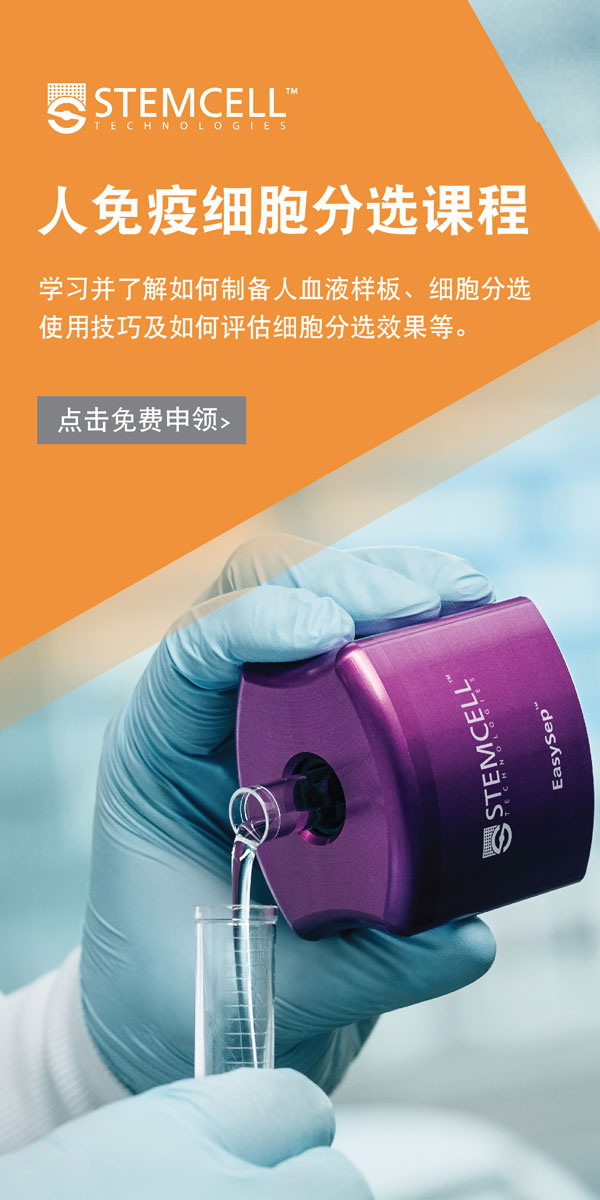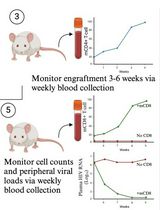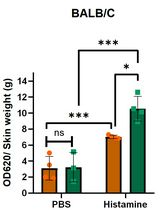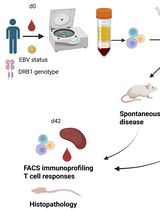- EN - English
- CN - 中文
Precision Technique for Splenectomy Limits Mouse Stress Responses for Accurate and Realistic Measurements for Investigating Inflammation and Immunity
脾切除术限制小鼠应激反应的精准技术用于精确现实检测炎症和免疫
发布: 2019年08月05日第9卷第15期 DOI: 10.21769/BioProtoc.3317 浏览次数: 6340
评审: Meenal SinhaLuis Alberto Sánchez VargasAnonymous reviewer(s)
Abstract
Splenectomy in an animal model requires a standardized technique utilizing best practice to avoid variability which can result in adverse impact to the animal resulting in flawed physiologic responses simply due to technique rather than to the studied variables. In the case of the spleen, often investigators are analyzing the animal immune or inflammatory responses. Surgical splenectomy involves many variables from the training and expertise of the surgeon, which directly correlates to surgical technique to the length of operation and ease of the procedure. This operation, in turn, impacts blood loss and insensible fluid losses, sterile technique, unintended trauma to the spleen and surrounding organs, the length of the incision and the duration of the operation with more prolonged exposure to anesthetic agents. All these variables ultimately play a significant role in the experiment since they directly affect the response of the model in terms of inflammation, immune activation, or even suppression. Undesired variables such as these go unnoticed and lead to inaccurate and misleading data.
Keywords: Blunt trauma (钝性创伤)Background
The spleen produces protective humoral antibodies via plasma cells, harbors transient and stable populations of B and T cells, filters particulate antigens, and is a reservoir for red and white blood cells. There are specific helper T cells that migrate to and from the spleen serving a role in tumor surveillance and antigen recognition. It has also long been recognized as a domicile for specific B cell populations affecting the individual’s ability to respond to specific gram-negative encapsulated bacteria such as Meningococcus, Streptococcus, and Haemophilus. Splenectomy is sometimes necessary in cases of hemolytic anemias with splenomegaly from hereditary spherocytosis or sickle cell disease or in cases of thrombocytopenia, trauma, and even in some instances of malaria. In many instances, pediatric surgeons try to preserve some splenic function to preserve some immune function and avert long term risks of pulmonary hypertension by performing a partial splenectomy saving about 20-30% of the total splenic mass (Tastaldi et al., 2019). Sometimes due to the inadequate vascular supply of the upper pole of the spleen or in cases of hilar involvement of lesions or massive trauma, total splenectomy may be the only option. Asplenia may result in increased risks of post-splenectomy sepsis, pulmonary hypertension and even some speculation of increased risk of Type II diabetes, childhood obesity (Szendroi et al., 1997) and even inadequate cellular repair responses after cardiac ischemia (Costi et al., 2018).
Recent reports show that therapeutic modality for efficient antigen delivery to spleen shows promising for conquering tumor growth and progression (Shimizu et al., 2018). Current immunotherapy elevated the splenic level of IL-1β, IL-4, IL-10, IL-17, IFN-γ, and TNF-α for immunomodulatory effects of cancer progression (Merheb et al., 2019). Pediatric surgeons have advanced laparoscopic partial splenectomy to preserve hematological functions of the organ while trying to blunt or ameliorate hemolytic dysfunction (Serra et al., 2018). All these studies require the optimal performance of splenectomy to gain immune benefits of spleen function.
Surgery for splenectomy can involve many variables from training and expertise of the surgeon, surgical technique, length of operation, ease of the procedure, blood and fluid loss, sterile technique, trauma to the spleen or other tissues and traumatic manipulation, length of incision and length of exposure to anesthetic agents.
We provide some guidelines for the standardization of the technique for splenectomy and some thoughts in order to create a procedural best practice protocol such that resulting data can have less contamination by factors that can truly impact the right metrics being evaluated such as the degree of inflammation or immunity.
Materials and Reagents
- Animal study for splenectomy
- Silicon tubing (Patterson Scientific,Various Different colors per tubing use, which fit Anesthetic Vaporizer (Patterson Scientific, catalog number: 78703584)
- Balb/C female mice (Jackson Lab, Bar Harbor, ME) (below for specifics)
Balb/C female mice weighing 20-25 g (age of 8 weeks) were acquired for the experiment. The mice were free from pathogens and kept in filter isolation throughout the study. They were housed in an accredited animal care facility at the CHOC Children’s Hospital Research Institute and placed on a regular photoperiod with a normal temperature and given laboratory chow and water, all under standard guidelines. - The filter (Animal Care Systems Inc., Centennial, Colorado, catalog number: C79037B) set which is recommended with Anesthetic Vaporizer (Patterson Scientific, catalog number: 78703584)
- Laboratory chow (Animal Care Systems Inc., Centennial, Colorado, catalog number: T.2919) and water
- Operative Materials
- Absorbable suture (Coated VICRYL*Plus, antibacterial with Irgacare MP* Polyglactin 910 suture, undyed braided, Ethicon Inc.) (Ethicon | J&J Medical Devices, Johnson & Johnson, Somerville, NJ)
- Ketamine/xylazine (dose: 120/20 mg/kg): Ketamine (Ketaset, Fort Dodge Animal Health, Fort Dodge, IA), xylazine (Anased, Akorn, Decatur, IL)
- Codeine (1 mg/kg): PubChem SID: 378149847, Purchasable Chemical: C-006_CERILLIAN, (Sigma-Aldrich, Saint Louis, MO, United States, 63103)
- PBS [Phosphate Buffered Saline (1x), 6.7 mM (PO4) without calcium or magnesium] (Lonza, catalog number: 17-516F)
- 5% FCS (Atlanta Biologicals, Flowery Branch, GA)
- Betadine solution, Iodine solution: Betadine® is from Purdue Products, LP (Stamford, CT) (with an isopropyl alcohol application between the steps for Preoperative Skin Preparation)
- ChloraPrepTM, and DuraPrepTM solution (3M Health Care, St. Paul, MN)
- Hanks’ balanced salt solution (HBSS) (Thermo Fisher Scientific, catalog number: 14025092)
- Isoflurane (Piramal Critical Care Inc., Bethlehem, PA)
Note: We got it directly from the Veterinarian, by prescription.
Equipment
- Scissors (Fine Science Tools, catalog number: 11058-11)
- Precisa Bj-2100d Precision Laboratory Balance 2, 100 g x 0.1 g (Digital Analytical Electronic Balance Laboratory Lab Precision Scale) (Precisa Gravimetrics AG, CH-8953 Dietikon, Switzerland)
- Surgical knife, Scalpel (Bard-Parker, catalog number: 372611)
- Twisters: Stainless Steel AISI-420 (Rock-Well-Hardness 48-58)
- Wire Twister, Neurosurgery, Sternal Wire Twister Needle Holder 18 cm hole forceps TC gold surgical suture) (World Precision Instruments, Sarasota, FL)
- Vital WEBSTER Needle Holders (BD V. Mueller, catalog number: RH2561)
- Oxygen tank
- Smooth forceps (Fine Science Tools, catalog number: 11000-13)
- Anesthetic Vaporizer (Patterson Scientific, catalog number: 78703584)
- The nose cone, Anesthesia Machine (Patterson Scientific, catalog number: 78914722)
- Dry cotton-tipped applicator (Q tip): Sterile Cotton Tipped Applicators (Thomas Scientific, Waltham, MA, catalog number: 1213Q15, Manufactory number: 25-806 10WC)
- Cautery pen (Manufactory number: AA03X; Tiger catalog number: TM77563) with high temperature (Bovie® Medical eye cautery) (Symmetry Surgical, Antioch, TN)
- Heat lamp (Fisher Scientific, Thomas Scientific, Waltham, MA, catalog number: NC9631062)
- Induction Chamber (Patterson Scientific, catalog number: 78917833)
- Portable Anesthesia Machine (PAM) (Patterson Scientific, catalog number: 78914722)
Procedure
文章信息
版权信息
© 2019 The Authors; exclusive licensee Bio-protocol LLC.
如何引用
Readers should cite both the Bio-protocol article and the original research article where this protocol was used:
- Li, S. C., Rangel, A. D. and Kabeer, M. H. (2019). Precision Technique for Splenectomy Limits Mouse Stress Responses for Accurate and Realistic Measurements for Investigating Inflammation and Immunity. Bio-protocol 9(15): e3317. DOI: 10.21769/BioProtoc.3317.
- Li, S., Couet, J. and Lisanti, M. P. (1996). Src Tyrosine Kinases, Gα Subunits, and H-Ras Share a Common Membrane-anchored Scaffolding Protein, Caveolin: CAVEOLIN BINDING NEGATIVELY REGULATES THE AUTO-ACTIVATION OF Src TYROSINE KINASES. Journal of Biological Chemistry 271(46): 29182-29190.
分类
免疫学 > 动物模型 > 小鼠
微生物学 > 体内实验模型 > 细菌
细胞生物学 > 组织分析 > 损伤模型
您对这篇实验方法有问题吗?
在此处发布您的问题,我们将邀请本文作者来回答。同时,我们会将您的问题发布到Bio-protocol Exchange,以便寻求社区成员的帮助。
Share
Bluesky
X
Copy link














